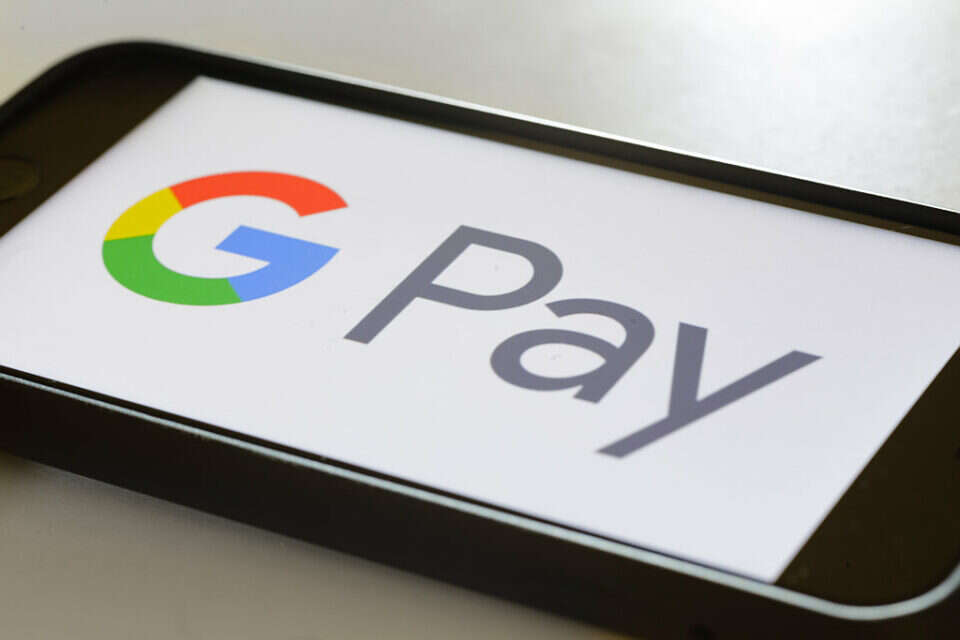How does the payments app on your phone work?
Google Pay is a credit card payment widget, designed for use on smartphones that support the Android operating system.
IPhone owners can use a similar widget, Apple Pay, which was launched in Israel a little over six months ago.
For use, the widget must be downloaded (for free) from the Google store, in the case of Google Pay.
Enter the credit card information for the charge when downloading, and then you can pay with it without viewing it via the phone.
The use of this option is convenient because you do not need to open the widget to use it - the phone must be turned on with a password, fingerprint or face recognition, and it is ready to use by attaching to the payment station.
Mobile payment, Photo: GettyImages
How secure is the use against theft and burglary?
You can select the level of protection of the phone against intrusions.
The minimum that the widget requires is personal password protection, but login credentials can be set by using a fingerprint or face recognition.
Experts estimate that the risk of hacking into Android-supported phones is less than that of Apple devices.
However, credit card companies and banks have recognized the widgets and approved them for use, which is considered safer than using credit cards and certainly more convenient.
At how many points of sale can you pay by phone?
At any point of sale where payment is required via the EMV system, payment can be made via the telephone.
These points now honor credit cards in their presentation, without transmitting their magnetic stripe.
Is it necessary to enter a secret code to execute the transaction?
Unlike the use of credit cards, which requires entering a code in transactions of more than NIS 300, using a widget does not require entering a code in these transactions either.
If it's good, why does not the majority use this option?
The penetration rate of payment applications in the country is very high.
This is a jump of hundreds of percent in this option since Apple Pay entered the country.
There are also those who use the payment widget via smartwatch.
However, it is true that so far no more than 7% of those who pay for smart credit cards use them by phone.
It is estimated that the entry of Google Pay will lead to a jump in the popularity of this option.
It is likely that over time more and more users will give up the physical use of a credit card.
Google Offices in Silicon Valley, Photo: AP
Is there a charge for using payment widgets?
For credit card companies and banks, using widgets is just like using a credit card, so there is no change in the fees and arrangements that apply to credit cards.
Do banks see a widget as a competitor in their services?
Although Bank Hapoalim has the popular Beat, Bank Leumi has Pepper and Bank International has Phoebe Pay, but the banks understand that it is impossible to fight this progress and therefore they prefer to join it.
Credit card companies welcome the option: Isracard is offering a coupon for Domino's pizza to joiners, accumulating points and a free meal at McDonald's, and even 50% discounts on Maker's beverage machines;
Leumi offers a refund of NIS 50 to the first 15,000 users who join the Google Pay app;
And Max offers a NIS 30 credit to Arcaffe and a range of cash credits.
Were we wrong?
Fixed!
If you found an error in the article, we'll be happy for you to share it with us

